The rise of free shipping: 8 moments that transformed e-commerce

Stockbakery // Shutterstock
The rise of free shipping: 8 moments that transformed e-commerce
The “pain of paying” is a behavioral economics theory that refers to the negative emotions humans feel when making a purchase. Humans are a loss-averse species and we react more strongly to losses than we do to equal wins or gains. So, while some purchases hurt more than others, spending money will, on some level, always inflict a bit of psychological pain.
This is the reason so many consumers abandon their shopping carts at checkout—online, anyway. Extra fees like taxes and shipping costs added to online purchases make an already painful transaction that much tougher to swallow. Many companies, starting with Amazon, have figured out that offering free shipping is an effective way to offset the pain of paying and usher consumers down the last levels of the e-commerce conversion funnel.
Consumers have come to expect perks like free or fast shipping—both, ideally. Without the guarantee of either, people are unlikely to complete a purchase. And with free shipping came the advent of free returns, and then refunds without returns. These expectations and efforts to mitigate the pain of paying have made us, on the whole, more irrational and wasteful consumers. When we are more inclined to buy because of a perceived no-cost service, we are wasteful at every step along the supply chain.
The coronavirus pandemic exacerbated inefficiencies along the supply chain and reinforced bad consumer habits. Practices like bracketing—buying multiple of the same item like pants and returning the unwanted items—wouldn’t be so terrible if the supply chain were designed to function in reverse. However, it is woefully ill-equipped to efficiently process returns.
According to Optoro, a reverse logistics company, roughly 2.9 million tons of returns went into landfills in 2020—not restocked on shelves. With an estimated record $761 billion worth of returned merchandise in 2021—both online and in stores—the environmental impacts of incentivized buying and returning are likely to worsen.
To track how corporate practices and consumer behaviors have changed over time, Smartlook compiled a list of eight important moments and trends in free shipping in the internet age.
![]()
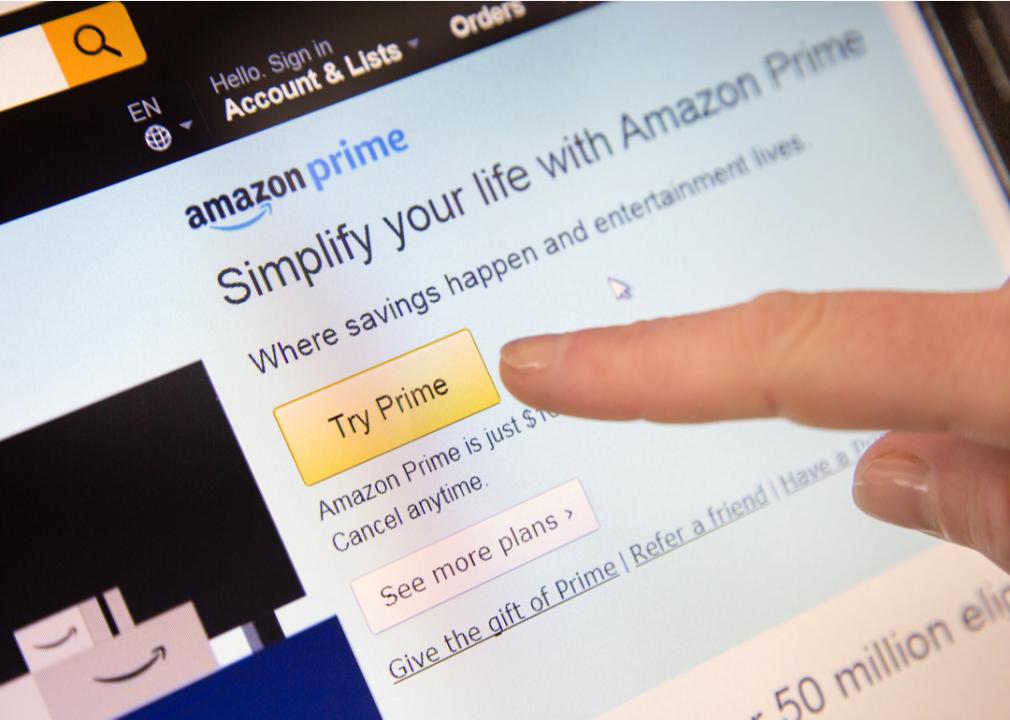
pixinoo // Shutterstock
Amazon Prime brings unlimited free shipping to the masses
In 2005, Amazon launched Amazon Prime—a $79 annual membership service that provided, among other benefits, free two-day shipping and discounted one-day shipping within the contiguous United States. In early 2022, Prime increased its subscription costs for its more than 140 million U.S. subscribers, bumping the service to $139 per year.
Free shipping is the second most commonly cited reason why people subscribe to Prime, despite the fact that most orders of $25 or more already qualify for free shipping. Roughly 58% of Amazon Prime consumers were more likely to increase their total Amazon order to meet the one-day shipping threshold.
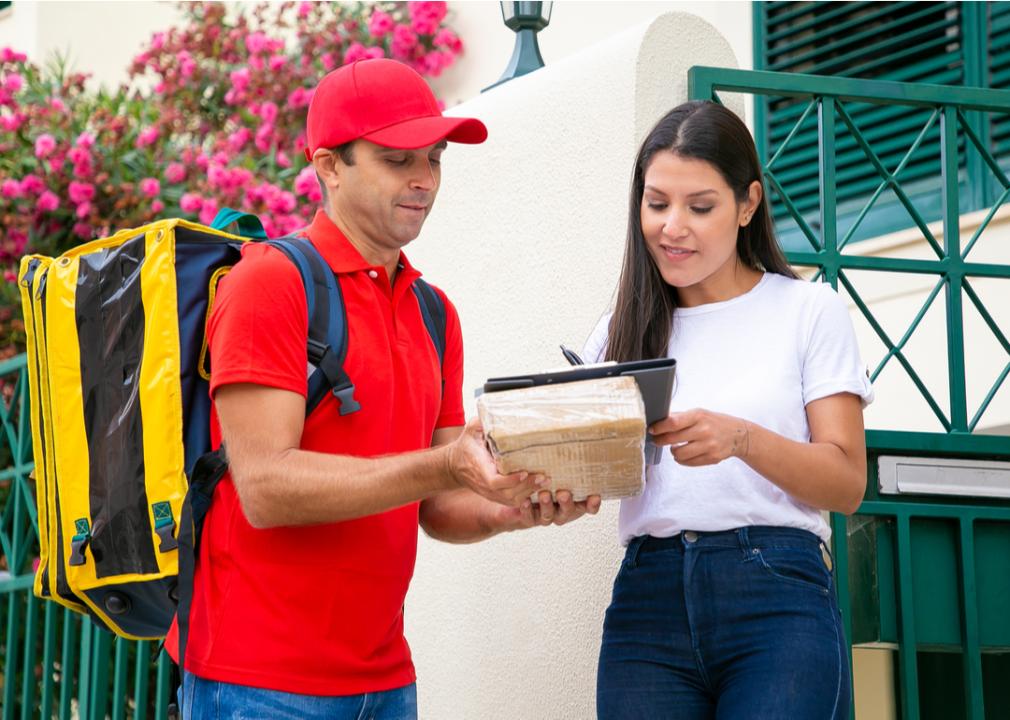
Mangostar // Shutterstock
People quickly decide free shipping is the only way
For many shoppers, shipping costs can be the make-or-break factor in a consumer’s decision to complete a sale. According to a 2020 Baymard Institute study, 50% of survey respondents cited extra costs such as shipping as the #1 reason they abandoned their carts during checkout. When looking at European consumers, that number jumps to 65%.

goodluz // Shutterstock
Free shipping can make consumers act irrationally
The very concept of free can lead consumers to make inconsistent or even irrational decisions, as evidenced by behavioral economist Dan Ariely’s free candy experiment. When presented with a choice between a lower quality item that is free, or a higher quality item at a reduced cost—which is potentially the better deal—consumers are far more likely to choose the free item.
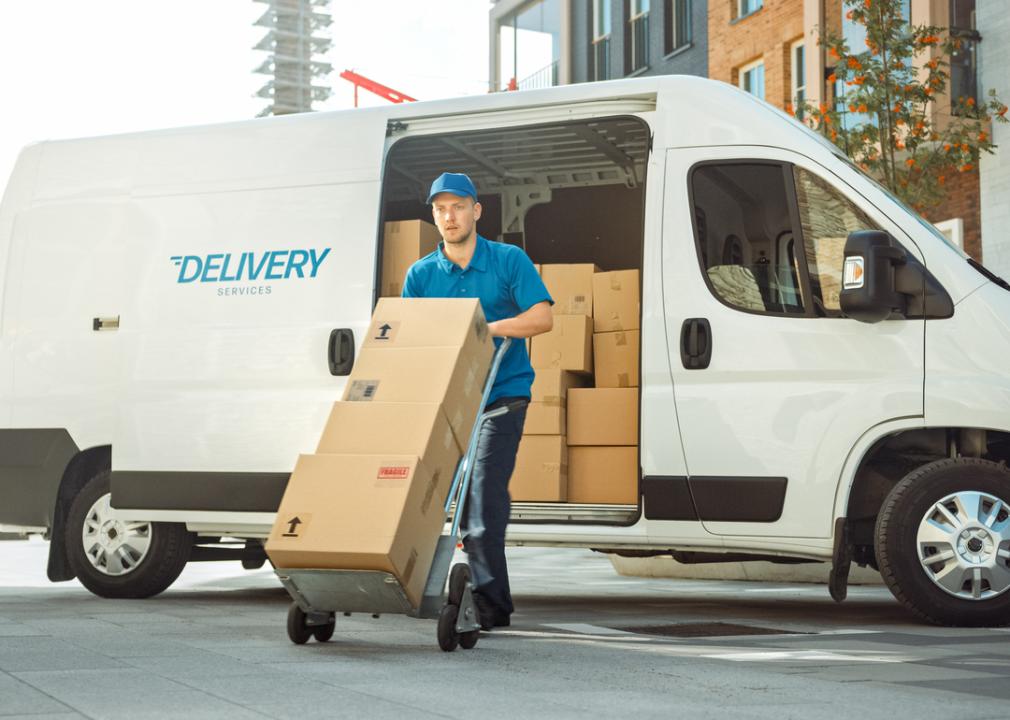
Gorodenkoff // Shutterstock
Free Shipping Day begins in 2008
Free Shipping Day, launched in 2008, encouraged shoppers to buy from online retailers in mid-December, cashing in on last-minute holiday shoppers and bolstering sales for participating retailers like Target, Pottery Barn, and JCPenney. According to the now-defunct Free Shipping Day organization, Free Shipping Day sales in 2010 exceeded Black Friday online sales by $294 million. The last promoted Free Shipping Day was in 2020.

Pormezz // Shutterstock
With free shipping comes free returns
Nearly 21% of all online purchases were returned in 2021—$102 billion worth of merchandise, according to a National Retail Federation survey. But “reverse logistics” or the operations around receiving, processing, and relisting returned items is inefficient, labor-intensive, and more expensive than it’s worth. Many returned items even end up incinerated or in landfills.
Retailers like Amazon and Walmart are now more frequently using artificial intelligence to determine which returns are worth processing, and when a refund without a returned item is more cost-effective.

Kaspars Grinvalds // Shutterstock
Free shipping can be damaging to small businesses
Small businesses often lack the resources to sustain and absorb the costs of free shipping and free returns. Just like free shipping, or lack thereof, can be a dealbreaker for a consumer at checkout, it can also be the difference between supporting a small business, and supporting a mega business like Amazon that can afford to provide these perks.
For instance, in 2019, Etsy—a platform full of small retailers with limited scale and resources—announced that retailers who did not offer free shipping on orders of $35 or more would be deprioritized by the platform’s search algorithm.
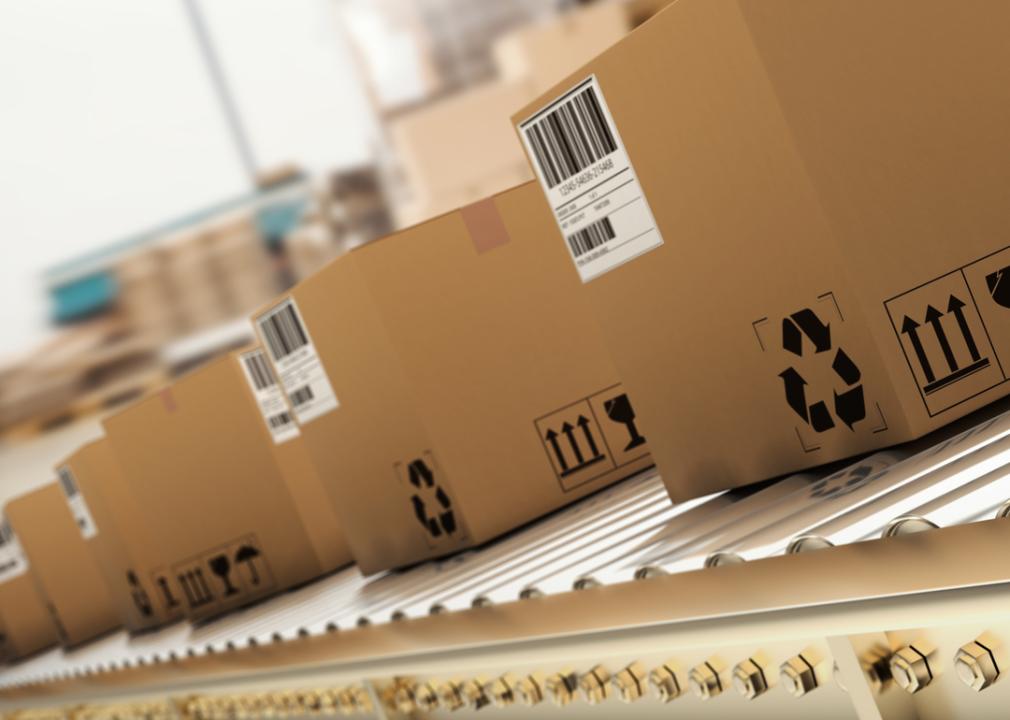
vectorfusionart // Shutterstock
It can be damaging to the environment as well
Globally, shipping accounts for 2.2% of annual greenhouse gas emissions. If the industry were a country, it would emit as much carbon dioxide as Germany. But it’s not just getting items to their destination that’s a problem.
In addition to returned items sitting in landfills as waste and contributing to carbon dioxide emissions, simply transporting returned inventory generates more than 16 million metric tons of carbon dioxide emissions annually, according to Optoro. The Environmental Protection Agency estimates that about only 54% of packaging is recycled.
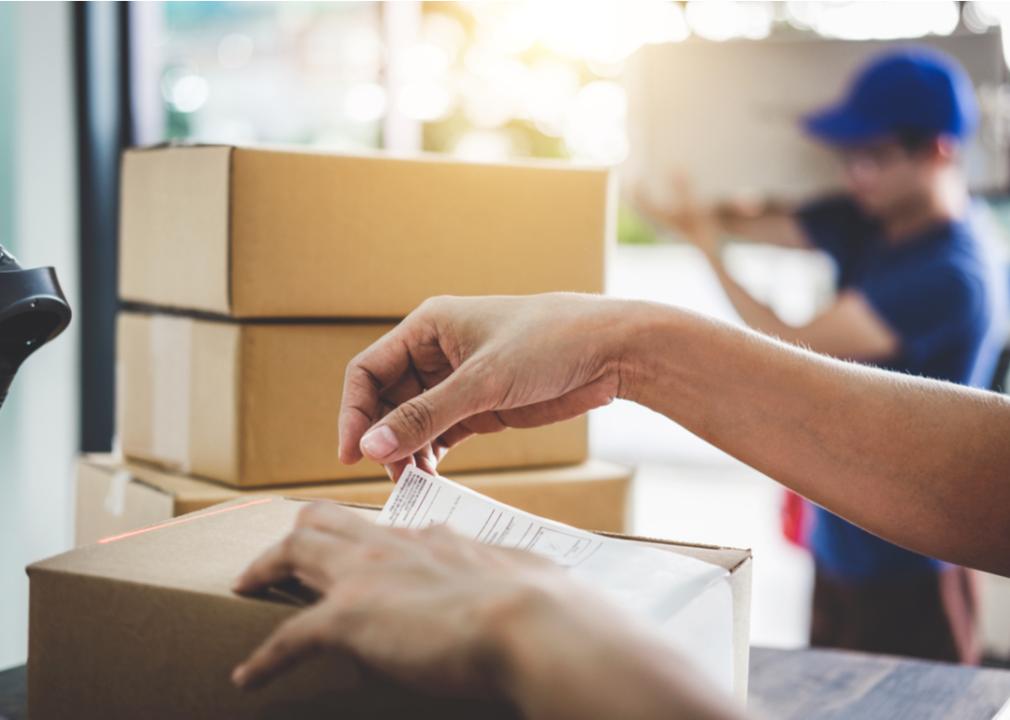
Freedomz // Shutterstock
Shipping might still be free, but it’s getting more expensive for retailers
In February 2021, FedEx announced a 30 cent per-package surcharge on Express and domestic residential ground shipments for retail customers with a weekly volume of more than 30,000 packages. These surcharges help shipping companies like FedEx and UPS scale up their operations by hiring more staff or improving infrastructure to keep up with the pace of online retail, which has been supercharged by the restrictions of the pandemic.
In 2020, e-commerce sales rose by 32%. Amid this surge, prices of producing and acquiring packaging materials have also risen significantly.
This story originally appeared on Smartlook
and was produced and distributed in partnership with Stacker Studio.